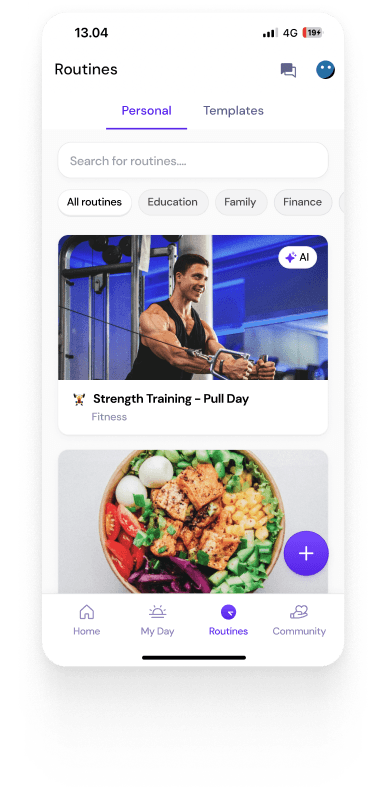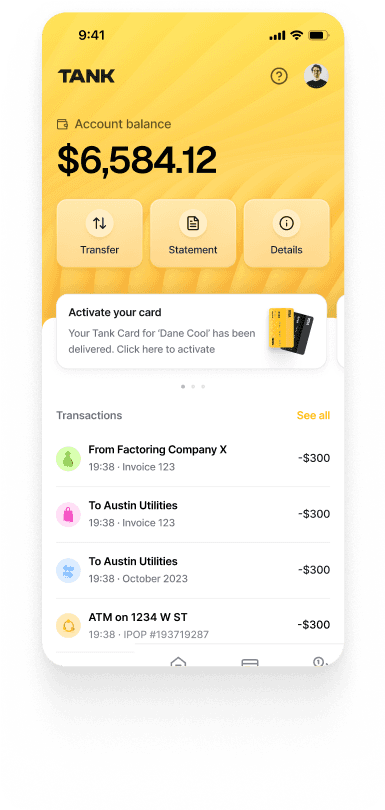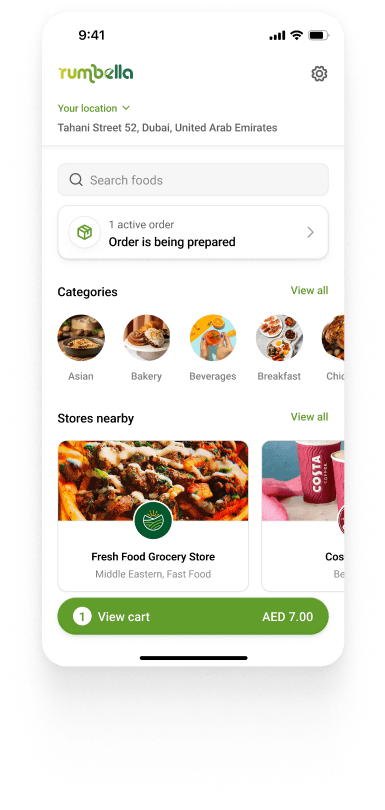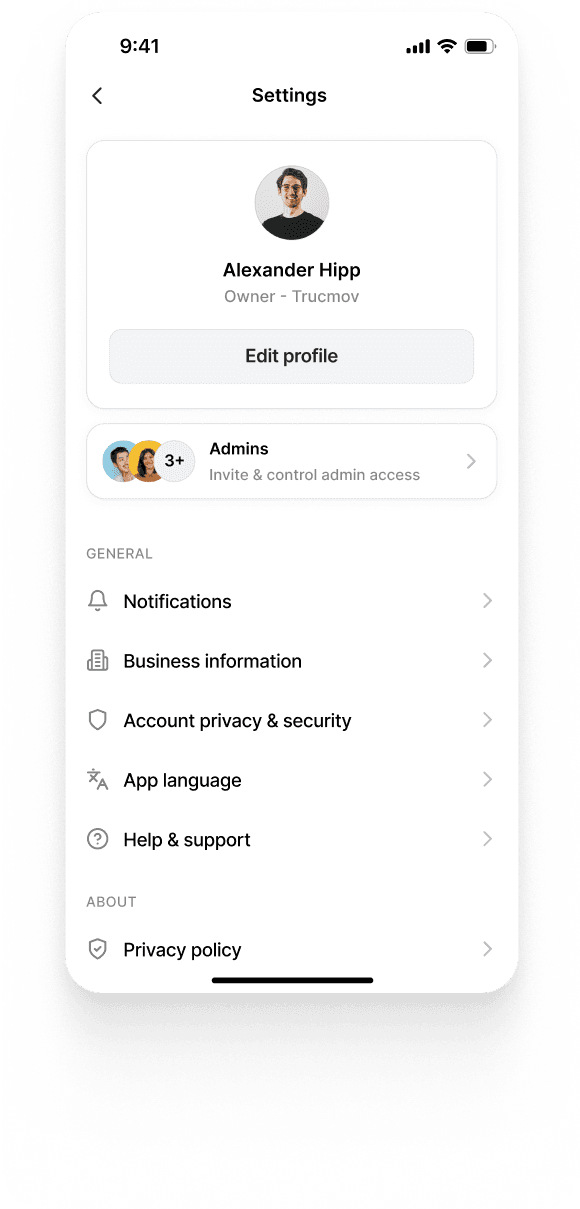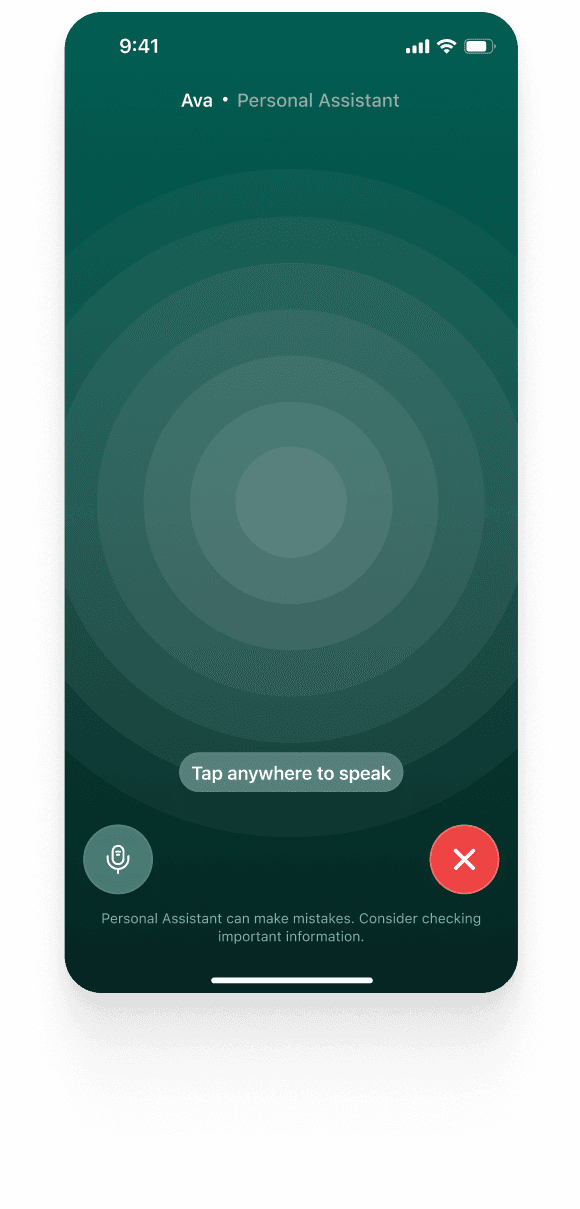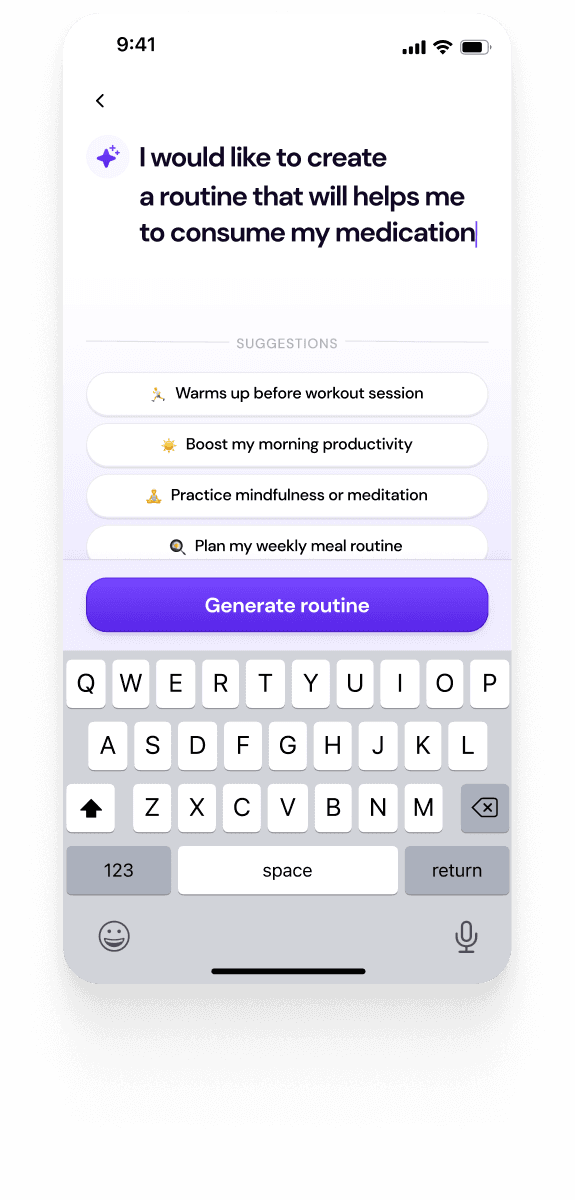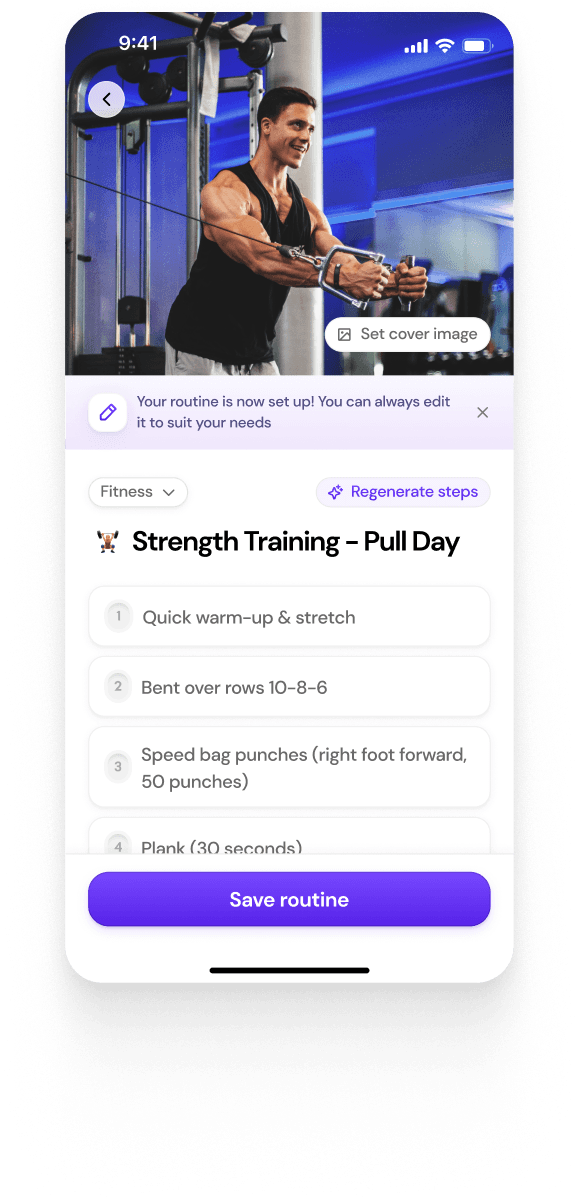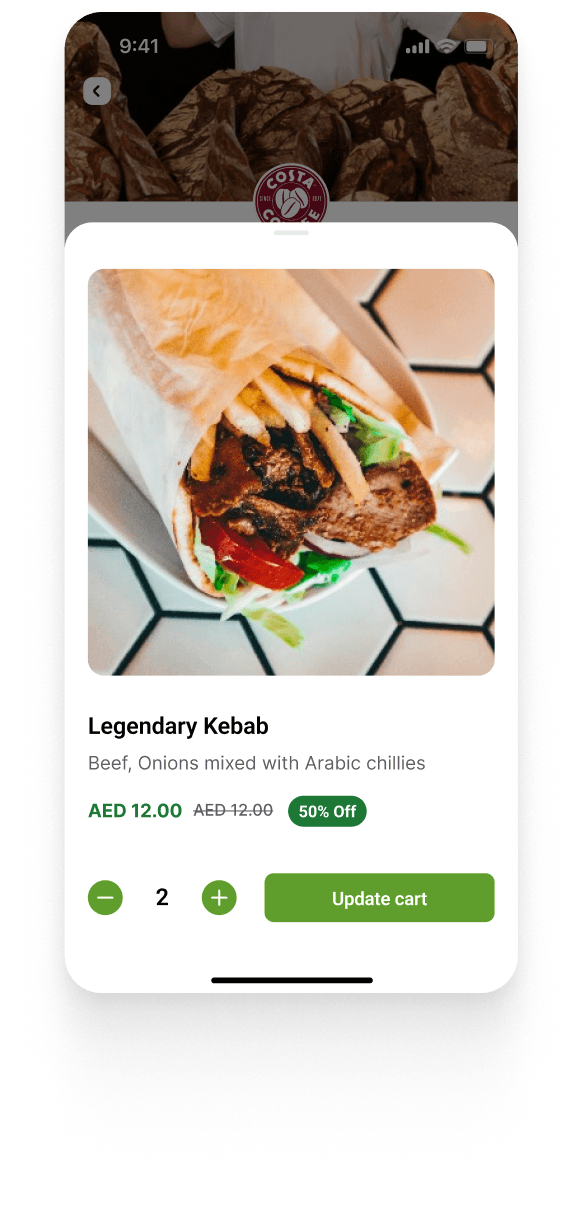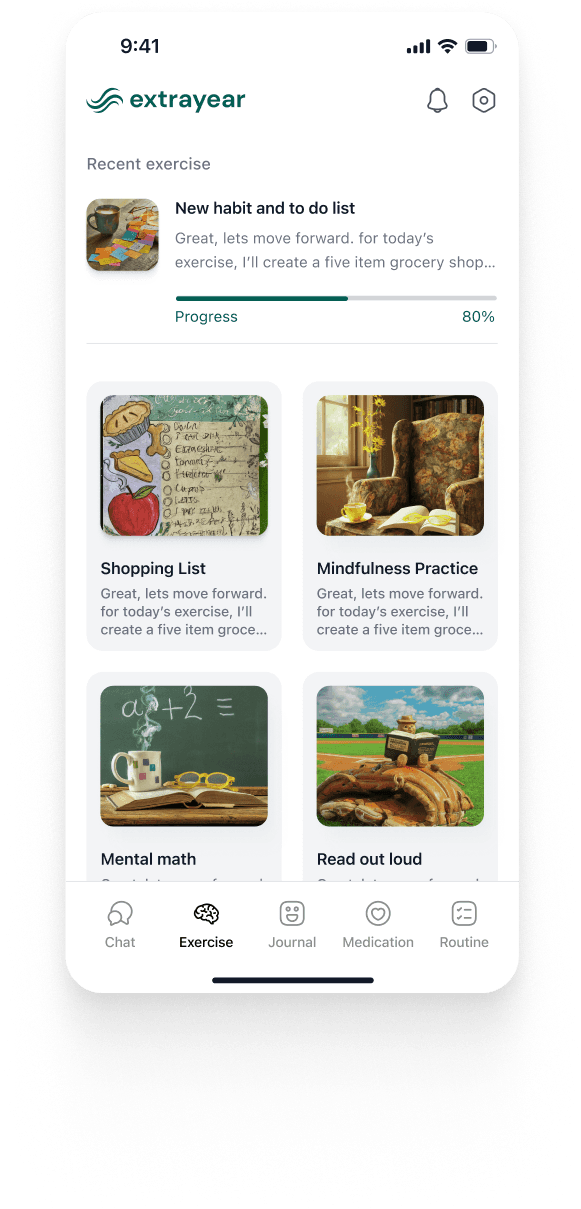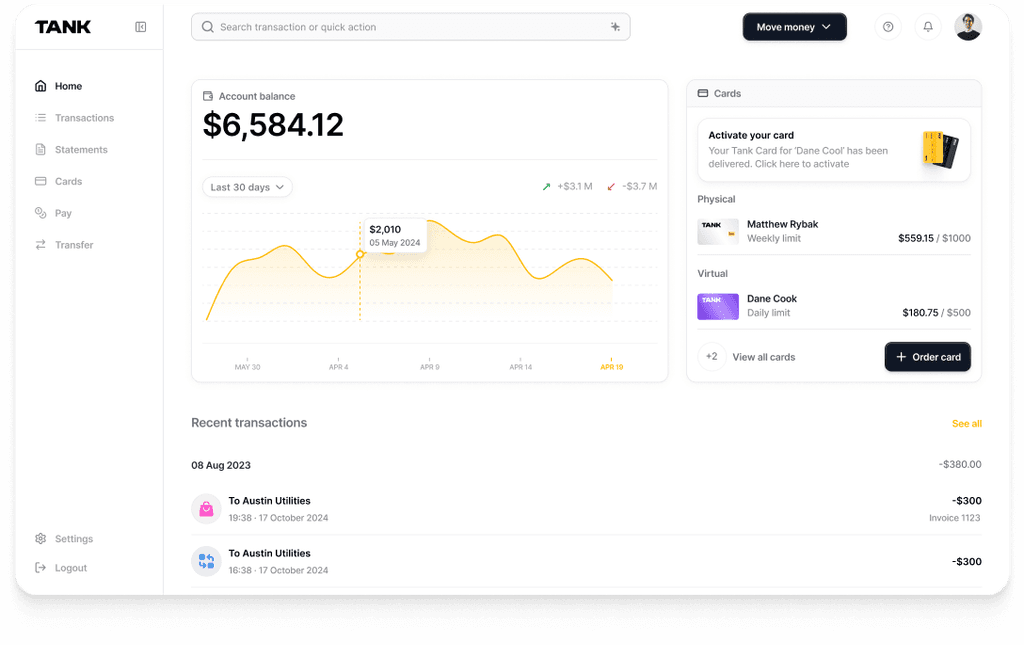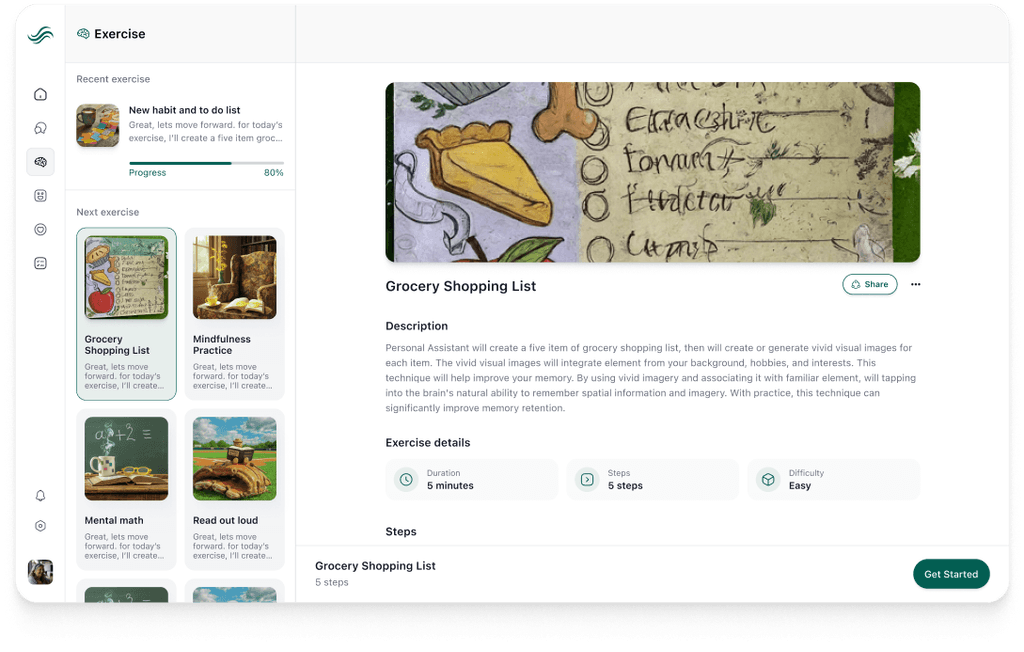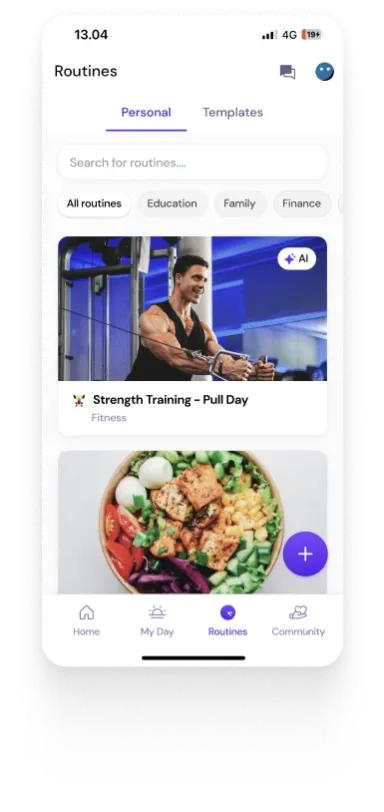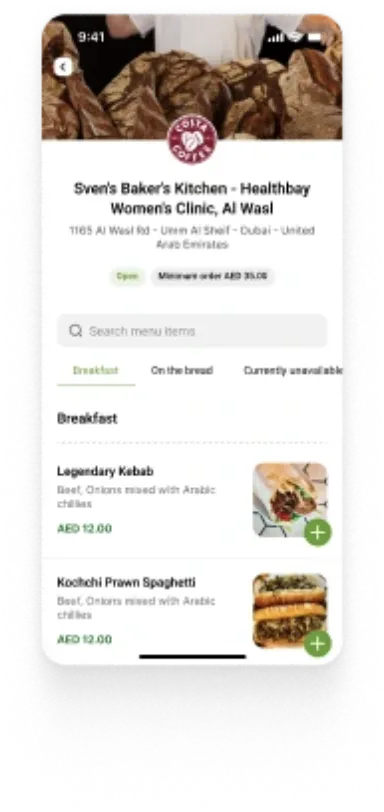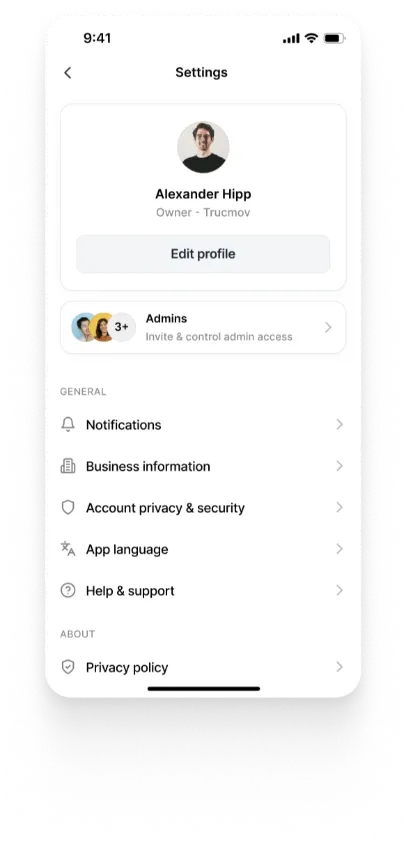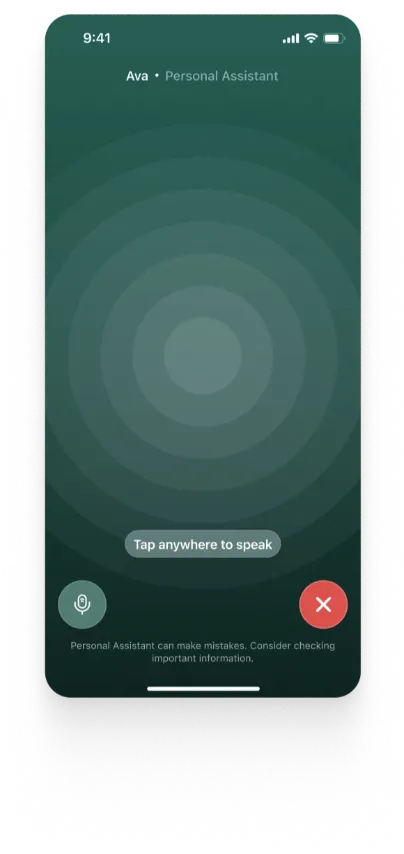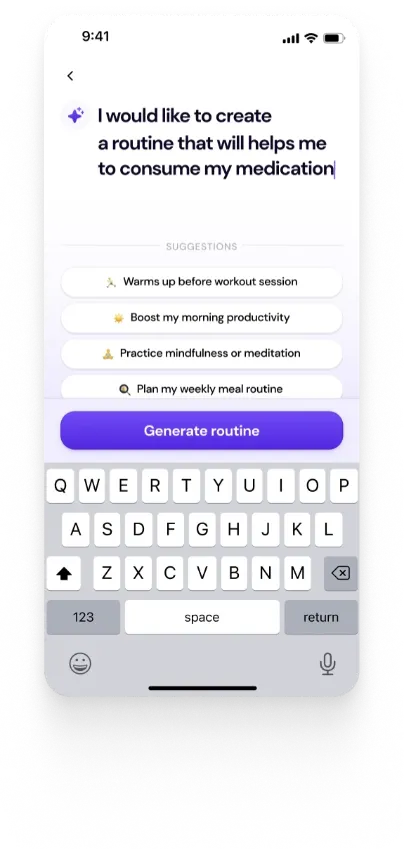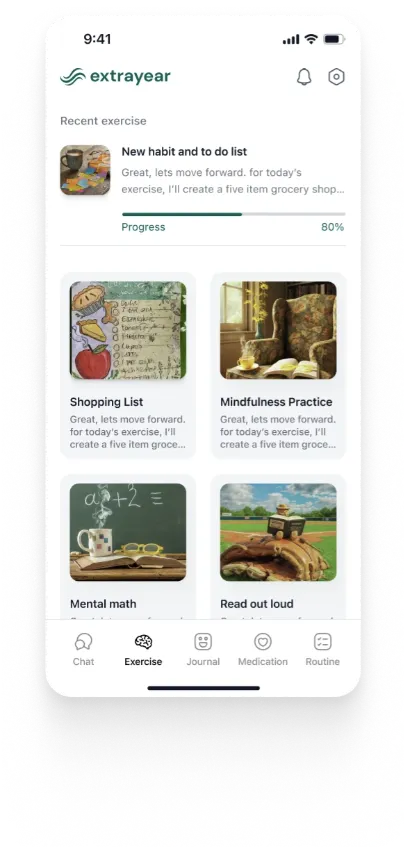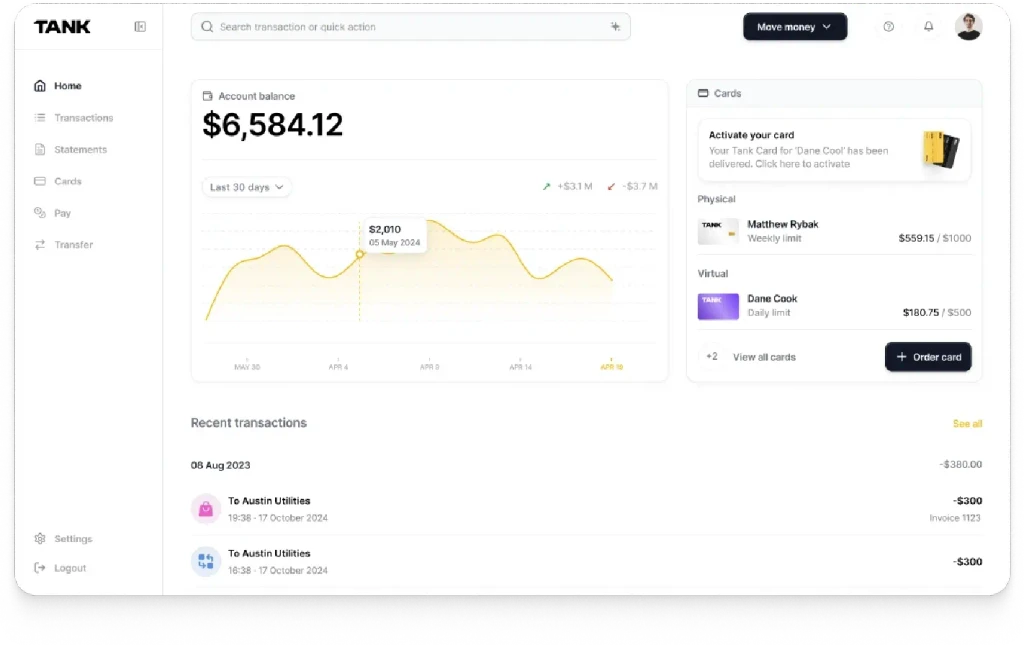ChatGPT vs Google Bard vs Claude
Summary
This article explores three major large language models: OpenAI's ChatGPT, Google Bard, and Anthropic's Claude 2, highlighting their unique features and contributions to AI development. ChatGPT is noted for its conversational adaptability, Bard for its creative capabilities, and Claude 2 for its focus on reliability and interpretability. Each model reflects significant advancements in AI's ability to understand and generate human-like text.
Key insights:
ChatGPT's Adaptability: ChatGPT excels in generating dynamic, contextually informed dialogues, offering customizable interactions through "prompt engineering."
Google Bard's Creative Expression: Bard stands out for its ability to generate creative content, reflecting Google's emphasis on combining technical prowess with artistic expression.
Claude 2's Focus on Safety and Reliability: Claude 2 prioritizes the interpretability and safety of responses, aiming for more reliable and contextually accurate outputs.
Evolving Capabilities: Each model showcases ongoing developments in AI, indicating that future enhancements will continue to expand their functionalities and applications.
Ethical Considerations and Limitations: While these models advance AI interactions, they also highlight the importance of addressing ethical considerations and the limitations inherent in current AI technologies.
Introduction
In the ever-evolving landscape of artificial intelligence, large language models (LLMs) have emerged as the transformative force reshaping how humans interact with technology.
As the pursuit of more advanced and versatile LLMs intensifies, the competition between the major players in the field has led to the emergence of distinctive models that push the boundaries of language comprehension and generation.
This article takes a closer look at three prominent LLMs: ChatGPT, Google Bard, and Anthropic Claude 2, shedding light on their unique features, capabilities, and potential implications.
ChatGPT
At the forefront of AI-powered conversational agents stands ChatGPT, a creation of OpenAI that has captured the imagination of users across the globe. ChatGPT, introduced in November 2022, is a testament to the evolution of large language models and their capacity to engage in dynamic, contextually informed dialogues.
What sets ChatGPT apart is its exceptional adaptability; it can seamlessly adjust its responses to align with the user's input, offering a sense of conversational continuity that was previously unparalleled.
With the release of ChatGPT 4 alongside the established ChatGPT 3.5, OpenAI introduced a tiered pricing structure, offering users a choice between a free version and a premium subscription costing $20 per month. This approach reflects OpenAI's dedication to democratizing AI access while providing advanced features to those who seek an enhanced experience.
From generating creative content spanning poetry, scripts, and music, to offering informative responses and assisting with translations, ChatGPT showcases its versatility across various domains. Its "prompt engineering" technique allows users to fine-tune the tone, style, and length of conversations, offering a degree of customization that resonates with diverse needs.
However, it's important to acknowledge that ChatGPT is not devoid of limitations. Despite its remarkable human-like text generation capabilities, occasional inaccuracies and misinterpretations may arise due to the inherent nature of machine learning models. Nevertheless, ChatGPT continues to mark a significant milestone in enabling users to interact with AI in a conversational manner that feels intuitive and engaging.
Google Bard
Google Bard, a part of the LaMDA family of LLMs, represents Google's ambitious foray into the realm of AI-generated creative expression. Unveiled in March 2023, Bard emerges as a compelling blend of technical ingenuity and artistic exploration. Trained on a diverse dataset that includes both text and code, Bard's capabilities extend beyond mere language translation and comprehension.
One of Bard's standout features is its aptitude for creative content generation. Beyond offering utilitarian solutions, Bard exhibits the potential to craft poems, scripts, and even musical compositions. This artistic flair transforms Bard into not just a functional tool but a collaborative partner in creative endeavors.
The AI's capacity to offer personalized solutions and reshape customer service through dynamic interactions hints at its potential to revolutionize how businesses engage with their clientele.
Despite its promise, it's worth noting that Bard's journey is still in its infancy. As the model matures and accumulates more interactions and data, its potential applications and limitations will become more evident.
The delicate balance between artistic expression and practical utility that Bard strives to achieve underscores the complexities of training LLMs to encompass a wide range of human traits and talents.
Anthropic Claude 2
Anthropic's Claude 2 enters the fray with a distinct focus on the interpretability and reliability of AI-generated responses. Developed by a research lab dedicated to shaping AI systems that are controllable and transparent, Claude 2 builds upon the groundwork laid by its predecessor, Claude. Introduced as a monumental stride in the evolution of LLMs, Claude 2 sets its sights on enhancing the AI-human interface.
One of Claude 2's defining attributes is its capacity to process lengthy prompts and generate outputs spanning thousands of words. This depth of response opens doors to applications such as summarizing complex information, generating detailed code across multiple languages, and even crafting creative narratives.
Anthropic's emphasis on accurate and sensitive responses positions Claude 2 as a potential ally in scenarios where precision and context are paramount. The model's performance on benchmarks like the SQuAD dataset and the GLUE benchmark underscores its prowess in question-answering and natural language understanding.
However, like all AI systems, Claude 2 is not without limitations. Its responses are subject to the quality and context of the input, and while its creators have taken measures to mitigate harmful or offensive outputs, the challenges of maintaining responsible AI behavior remain ongoing.
Insights: Navigating the AI Frontier
The comparison between ChatGPT, Google Bard, and Anthropic Claude 2 offers a glimpse into the multifaceted world of AI-powered language models. As we traverse the landscape of AI development, it's evident that each model brings a unique blend of strengths and challenges. The emergence of creative expression in Bard, the adaptability and conversational finesse of ChatGPT, and the interpretability pursuits of Claude 2 collectively highlight the transformative capabilities of AI.
However, the journey doesn't end here. The dynamic nature of AI evolution means that the capabilities and limitations of these models are likely to evolve with time. While ChatGPT's "prompt engineering" may continue to refine context-sensitive conversations, Bard's artistic collaborations could flourish further, and Claude 2's interpretability might pave the way for more accountable AI systems.
In a nutshell, the comparison of ChatGPT, Google Bard, and Anthropic Claude 2 underscores the pivotal role these LLMs play in reshaping our interactions with technology. These models signify a future where AI not only assists but collaborates, augments, and enhances human capabilities across creative, conversational, and functional domains.













